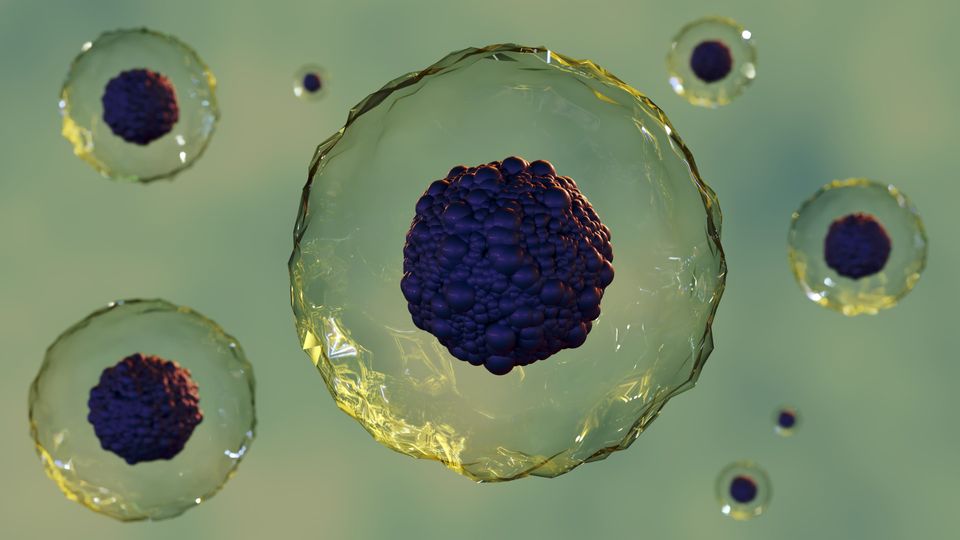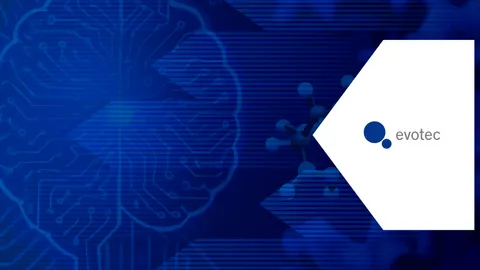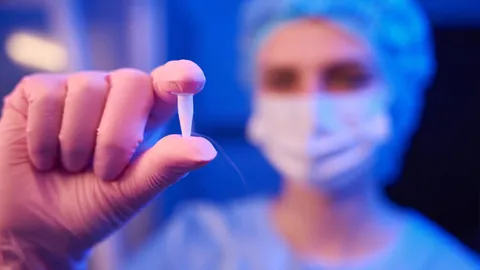From Policy to Practice: How Human-Based In Vitro Models Are Reshaping Discovery
If we’re moving beyond animal models, what are we moving toward?

For decades, the use of animals in drug discovery was viewed as a scientific necessity – sometimes even a gold standard. Mouse models, in particular, became synonymous with progress. But today, that standard is shifting quickly.
In just a matter of months, we’ve seen a wave of landmark announcements that collectively mark a new chapter in preclinical science:
● The US Food and Drug Administration has outlined a plan to phase out animal testing requirements for monoclonal antibodies and other biologics.
● The National Institutes of Health (NIH) has committed to prioritizing human-based research technologies in its funding and strategic agenda.
● And in Australia, NSW Medical Research launched a national initiative to accelerate the adoption of non-animal models.
These are not isolated announcements. They reflect a global structural shift, one that signals the end of animal-first thinking in biomedical research. “These policy changes aren’t aspirational, they’re a recognition that the old models aren’t working,” said Cameron Ferris, PhD, COO and cofounder at Inventia Life Science. “The industry knows it needs more predictive systems.”
But this new direction prompts a critical question: If we’re moving beyond animal models, what are we moving toward?
Rethinking disease models in a human-relevant era
The core challenge in drug discovery has never been just speed or scale; it’s biological relevance.
Animal models have helped drive decades of discovery, but their limitations are well-documented. Differences in species-specific genetics, immune function and tissue architecture often lead to translational disconnects. It’s no surprise that over 90% of drug candidates that show efficacy in animals ultimately fail in human clinical trials.
In response, the scientific community is increasingly embracing human-based in vitro models, specifically 3D phenotypic cell models of disease. These approaches aim to recapitulate key aspects of human biology, including tissue-specific architecture, cell–cell interactions, extracellular matrix dynamics and immune components, all within a controllable and screenable format.
Technologies like organoids, spheroids, organ-on-chip systems and scaffold-based 3D cultures each offer unique benefits. Organoids and patient-derived explants are prized for their biological fidelity but can be difficult to scale or standardize.
Organ-on-chip platforms provide microfluidic complexity but are often limited by throughput. In contrast, bioengineered 3D scaffolds, especially when integrated with bioprinting or automated deposition, are emerging as a promising bridge between complexity and consistency.
The rise of scalable 3D in vitro models
As the shift accelerates, scientists are focused not just on biological realism but operational viability – building models that maintain complexity while meeting the demands of modern screening workflows.
One promising example presented at SLAS 2025 comes from efforts to model pancreatic ductal adenocarcinoma (PDAC), a notoriously difficult-to-treat cancer. Researchers have developed 384-well-compatible 3D PDAC models that preserve key features of tumor biology, while delivering uniform growth, high viability and low variation.
These kinds of disease models are increasingly being used to investigate therapeutic response, resistance mechanisms, and biomarker expression in ways that would be difficult, or impossible, with animal models alone.
While challenges remain – such as interpreting complex phenotypic data at scale and improving access to patient-derived material – platforms that enable the scalable creation of advanced cell models are showing that it is possible to integrate complex human biology into high-throughput workflows.
“Some platforms force you to choose between complexity and consistency,” noted Ferris. “But drug discoverers need both: models that reflect disease biology and deliver scalable, reproducible data across plates, assays, and collaborators.”
Unlocking a new kind of experimentation
Importantly, human-based in vitro models don’t just offer an alternative, they unlock new kinds of experimentation.
When you're no longer constrained by species differences or the ethical and logistical limitations of animal research, you can begin to ask more meaningful biological questions:
● How do diverse cell populations interact within spatially defined niches?
● What happens when immune cells are introduced into fibrotic or tumor microenvironments?
● How does a complex tumor microenvironment affect drug efficacy and potency?
● How does a patient's unique biology shape therapeutic response?
This is especially critical in areas like precision oncology, where therapeutic development depends on preserving heterogeneity, modeling resistance and understanding complex co-cultures. Researchers are increasingly designing iterative, human-relevant experiments that wouldn’t be feasible in vivo or in traditional 2D systems.
Tools that enable rapid prototyping, high-throughput screening and model refinement, without compromising biological fidelity, are not just supporting this shift; they’re accelerating it.
Ready for implementation
With regulatory support growing, ethical imperatives rising and technologies maturing, the scientific community stands at a pivotal moment.
The mandate is no longer abstract. The tools exist. The transition is already underway.
But the next step is critical: implementation at scale. That means investing in platforms that deliver both biological relevance and operational reproducibility, building data that regulators and funders trust, and developing best practices that labs can adopt without extensive retooling.
“As more researchers move from intent to execution, the role of scalable, human-based 3D models will only grow, serving not as a replacement for animal models, but as a redefinition of what good science looks like,” said Ferris. “This isn’t about a distant future, it’s about what’s possible right now. We’ve reached a point where human-based in vitro models aren’t just scientifically better, they’re operationally viable. The next chapter is about scaling what works, embedding it into discovery pipelines, and proving that better models lead to better medicines.”
The models are ready. The policies are changing. The future of preclinical research is already in progress.





